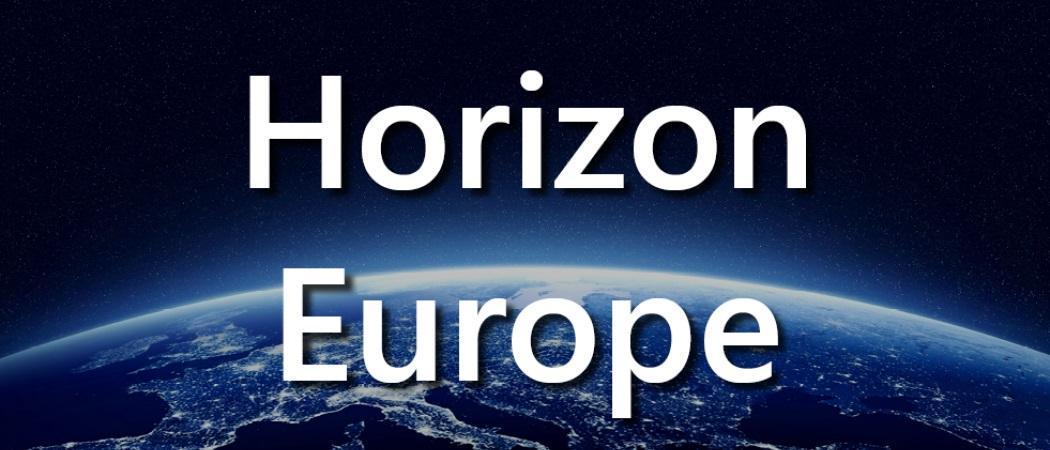An event on 2 February will mark the end of the lengthy negotiations and preparations for the next research programme. But with significant elements still to be settled, the funds won’t be flowing for a while

The European Commission is about to uncork the champagne to mark the start of Horizon Europe, but significant parts of the research programme are still being negotiated, as stakeholders scramble for last minute changes.
The Commission and the Portuguese presidency of the EU Council will host the launch event for Horizon Europe on 2 February, with terms for public private partnerships, the legal framework under which the European Institute for Innovation and Technology (EIT) will operate, and the scope of the research missions, yet to be agreed.
Research stakeholders say the event will be a “symbolic launch” of the programme, to mark the end of the lengthy preparations and negotiations. “I think that’s really it,” said Thomas Estermann, director for governance, funding and public policy development at the European University Association.
But details on significant parts of Horizon Europe are yet to be settled, and representatives of research associations doubt that the timelines put forward by the Commission are realistic.
For the first time in the history of the EU research programme, the Horizon Europe legislation has been split in two distinct acts, one laying out the legal basis of the programme – which was agreed in December 2020 – and the other giving details on the specific goals of each of its components.
The European Parliament is still waiting for the Council to come to an agreement on the second part of the legislation. MEPs will vote on the package in the April plenary, at the earliest.
In the meantime, the Commission is planning to publish the work programmes – which are detailed documents with the calls planned for the first years of Horizon Europe – after the Parliament plenary in April.
Around that time, the Commission will launch its co-programmed research partnerships and sign contracts with the private entities involved.
In addition, the Commission has yet to begin negotiations on nine joint undertakings, a process it estimates will start in the first quarter of 2021.
Research partnerships co-funded with research agencies in member states will not get off the ground before the fourth quarter of 2021. The first grant agreements could be signed as late as the first quarter of 2022.
The first calls for research missions, the ambitious plan to boost public participation in tackling scientific and technological challenges, will also be published along with the work programme. After that, the Commission is planning a communication on the plan by autumn.
In addition, a new framework for the European Institute of Innovation and Technology (EIT) is still being negotiated in the EU Council. A trilateral meeting between the European Parliament, Council and Commission will be taking place this week and policymakers hope the meeting will conclude the negotiations on the file.
The synergy problem
The December agreement included new legal provisions which allow the EU to pair different funding streams to boost research investment in member states and reduce the innovation gap between richer and poorer countries.
Member states are now allowed to transfer up to 5 per cent their EU structural funds – usually spent on roads, railways and other infrastructure investments – to finance Horizon Europe projects. The legislation also gives new impetus to the “seal of excellence” scheme, designed to encourage member states to fund research projects that pass the scrutiny of EU reviewers, but for which no funding is available in Horizon Europe.
The outgoing EU research programme, Horizon 2020, had very low success rates and many high quality proposals were left without funding. Despite its higher budget, Horizon Europe will be facing the same problem, but the new legal framework gives member states the ability to route more EU funds to research projects.
However, the implementation of these synergies could become a source of friction for member states in the months and years ahead. The success of the synergies depends on member states understanding the importance of investing in research and innovation.
“The question of synergies with other programmes is the next big thing that needs to be sorted out at a political level,” said Estermann. “If we achieve synergies, [it] will be the largest impact overall on the added value of EU funding.”
Happy industry
The final agreed budget for Horizon Europe is €95.5 billion, including €4 billion recently retrieved in a compromise deal with member states and €5 billion to come out of the EU’s pandemic recovery fund.
Research lobbies had been advocating for a much bigger budget, but the final outcome has pleased most stakeholders.
The industry is particularly happy that the second pillar of Horizon Europe, the part of the programme that will finance the industrial partnerships and closer-to-market research, was allocated 56% of the entire budget.
Research lobbies had been fighting over the distribution of top-ups negotiated by the Parliament. While university associations wanted them to mainly go to bottom-up research, the industry sought more money for industrial partnerships in the second pillar.
“These top-ups will mainly go to pillar II which is the truly collaborative part of Horizon Europe,” said Erwan Kermadec, senior adviser for technology & policy affairs at the European trade association of Research and Technology Organisations (EARTO).
The outcome of this fight will help the EU “[break] silos to promote the flow of knowledge between public research and industry,” Kermadec said. “EARTO is happy with the results of the negotiations.”





 A unique international forum for public research organisations and companies to connect their external engagement with strategic interests around their R&D system.
A unique international forum for public research organisations and companies to connect their external engagement with strategic interests around their R&D system.